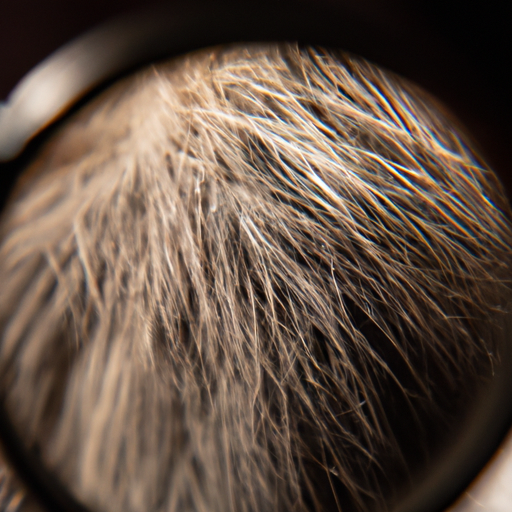As pet owners, we lavish our dogs with love, care, and attention. However, despite our best efforts, our furry friends can sometimes be plagued by pests, one of which is lice. These tiny creatures attach themselves to the dog’s skin and hair, causing discomfort and itchiness. But how do dogs get lice? This article will delve into the details and provide pet owners with valuable insights on this topic.
- Key Takeaways:
- Dogs get lice from direct contact with other infested dogs.
- Lice are species-specific and cannot be transmitted from dogs to humans or other animals.
-
Regular grooming and check-ups can help in early detection and treatment of lice infestation.
-
Table of Contents:
- Understanding Lice
- How Dogs Get Lice
- Symptoms of Lice Infestation in Dogs
- Treatment and Prevention
- Frequently Asked Questions
Understanding Lice
Lice are small, wingless insects that feed on the skin or blood of their host. In dogs, there are two types of lice: biting lice and sucking lice. Biting lice feed on the dog’s skin, while sucking lice latch onto the dog’s skin and feed on their blood. Although lice in dogs are not as common as fleas or ticks, they can still cause significant discomfort and health issues if not addressed promptly.
How Dogs Get Lice
Dogs primarily get lice through direct contact with other infested dogs. Lice cannot jump or fly, so they have to crawl from one host to another. This often happens when dogs play, fight, or come into close contact with each other. It’s also possible for dogs to get lice from shared bedding, grooming tools, or other items that have been in contact with an infested dog. According to PetMD, lice infestations are more common in crowded and unsanitary conditions, such as kennels or shelters.
Symptoms of Lice Infestation in Dogs
There are several symptoms that might indicate your dog has lice. These include:
- Excessive scratching, biting, or licking: Lice bites are itchy, and dogs often respond by scratching, biting, or licking the affected areas.
- Hair loss: Frequent scratching and biting can lead to hair loss, particularly in areas where the lice are concentrated.
- Redness and inflammation: The skin may become red and inflamed from the constant scratching and the bites from the lice.
- Visible lice or eggs in the dog’s fur: Lice are small and can be difficult to see, but you might notice tiny, white eggs (also known as nits) attached to your dog’s hair.
If you notice any of these symptoms, it’s important to take your dog to the vet for a diagnosis and treatment plan.
Treatment and Prevention
The treatment for lice in dogs usually involves a combination of medicated shampoos, sprays, or spot-on treatments that kill the lice and their eggs. In severe cases, your vet may also prescribe oral medication. According to American Kennel Club, it’s crucial to follow the treatment regimen closely and to clean or replace all bedding, grooming tools, and other items your dog has come into contact with to prevent re-infestation.
Preventing lice infestation in dogs is all about regular grooming and check-ups. Regularly inspect your dog’s coat and skin for signs of lice, especially after they’ve been in close contact with other dogs. Regular grooming can also help keep your dog’s skin and coat healthy, which can make it less attractive to lice. Onetopdog has great tips on how to groom your dog at home.
Frequently Asked Questions
1. Can humans get lice from dogs?
No, lice are species-specific, which means that dog lice cannot infest humans and vice versa.
2. Can lice cause serious health issues in dogs?
While lice can cause discomfort and itchiness, they rarely cause serious health issues. However, severe infestations can lead to skin infections, anemia (in the case of sucking lice), and poor coat condition.
3. How long does it take to get rid of lice in dogs?
With proper treatment, lice can be eliminated within a few weeks. However, it’s important to continue treatment for at least a month to ensure all lice and eggs are killed.
To conclude, while lice infestations in dogs are relatively uncommon, they can cause discomfort and distress to your furry friend. By understanding how dogs get lice and recognizing the signs of infestation, you can ensure quick treatment and help your pet stay happy and healthy. For more information on dog health and care, visit Onetopdog.



